“That’s cheating!” The familiar, piercing accusation from a fellow cyclist fades quickly as I cruise by, leaving him to battle a beautiful yet brutal 15 per cent incline. As a Lycra-clad e-bike roadie, I’m accustomed to receiving comments like this from riders tackling the same cruel ramps of England’s Cotswold Hills. Inevitably, I drop them with comparative ease, but the sense of shame is harder to shake.
I don’t need other cyclists to tell me what I already know. Deep down, I’m acutely aware that I’m a cheat. I slink into café stops avoiding eye contact, tormented with self-conscious angst, praying there’ll be a shady corner where I can hide my e-bike from the critical gaze of fellow cyclists.
I’m not a roadie; I’m a fraud. A tragic, wannabe, e-bike-owning loser.
When exposed, I’m unwaveringly apologetic. “This old thing? I rarely take it out; I’m only riding it today because my real bike has ‘insert implausibly fictitious mechanical failure here’.” The reaction from other cyclists is rarely rude, at least not vocally. Yet, their expressions always reveal a world-weary mix of pity and contempt. To them, I’m not a roadie; I’m a fraud. A tragic, wannabe, e-bike-owning loser. A rotter in a race jersey.
Why do I feel guilty every time I hit the power button on my Specialized Creo?
(Image credit: Future/Simon Fellows)
I understand how I feel, but I don’t understand why I feel disappointed in myself every time I hit my Specialized Creo’s ‘on’ button or why other cyclists should care. If I’m not competing with anyone, how can I be cheating? Why do I feel the need to justify my choice of bike?
I’m not alone; the market for lightweight performance e-bikes is notoriously challenging. While commuters, mountain bikers and cargo-bike riders are increasingly splashing the serious cash required to get hold of one of the best electric bikes, roadies, it seems, don’t want to know.
Who’s cheating who?
“There are multiple factors at play,” confirms Daniel Theil, Head of Product Management E-Mobility at TQ-Systems. “Mountain bikers tend to measure themselves not just by physical fitness but also by technical skills, speed on descents, and style. Road cycling, on the other hand, often places fitness at the centre of identity – so for some, riding an e-road bike does feel like ‘cheating’.
“But I think the core issue lies somewhere else – in the design and experience of the bikes. For decades, road cyclists have been conditioned to value aesthetics, sound, aerodynamics and weight. While e-road bikes have improved significantly in recent years, many are still a noticeable departure from their analog counterparts.
The latest race content, interviews, features, reviews and expert buying guides, direct to your inbox!
In the e-MTB world, mass adoption really took off once bikes became genuinely trail-capable, lighter, and visually appealing. I believe the same tipping point is coming for e-road – and we at TQ are working hard to accelerate that.”
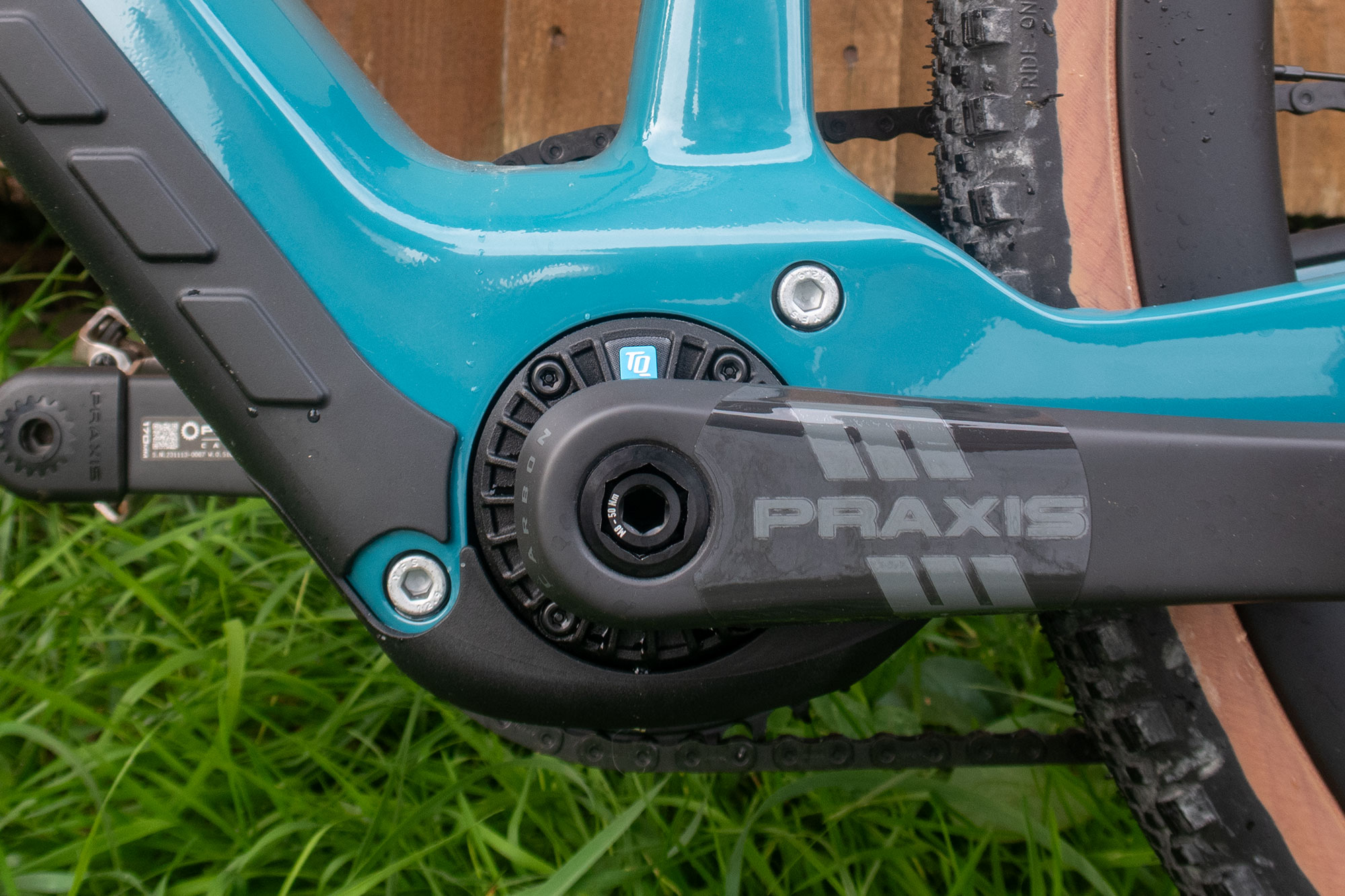
Like you, but on your best day ever! The tiny TQ-HPR50 motor is near-silent and provides a very natural ride feel – is it enough to convince roadies though?
(Image credit: Future/Simon Fellows)
TQ-Systems develops electric motors that are comparatively low in power but impressively small and quiet. I’ve ridden the TQ-equipped road-going BMC Roadmachine AMP, as well as the brand’s e-gravel bikes, the Roadmachine AMP X and URS AMP. All three boast an incredibly natural ride feel courtesy of the TQ-HPR50 drive units concealed in their bottom bracket areas. Power is delivered progressively to provide an unobtrusive, near-silent ride that flatters your own output rather than overwhelming it.
“We want to support the ride, not define it,” is how Theil describes the sensation, which, judging by my experience, is pretty accurate. My Specialized Creo – and its Specialized SL motor – offers similar benefits, but having ridden both systems, the TQ motor feels more refined and less invasive.
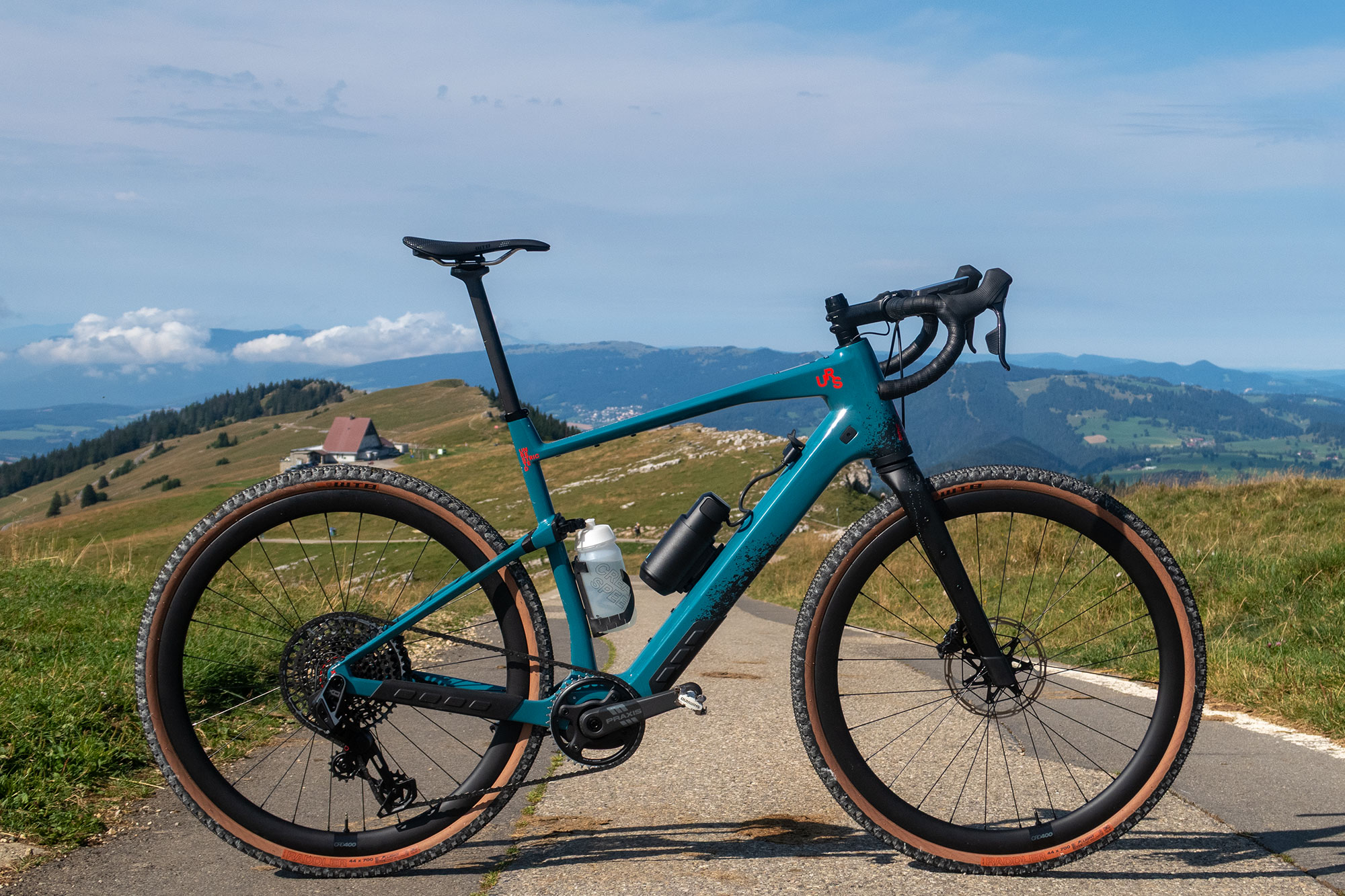
Are e-gravel bikes, like this BMC URS AMP, the acceptable face of drop bar e-bikes?
(Image credit: Future/Simon Fellows)
Riding the URS AMP on a tough off-road course in the Swiss Alps last summer was an epiphany for me. As an average at best gravel rider, the additional power was no longer ‘nice to have’, it was transformative, enabling me to tackle loose, rocky inclines so steep they would otherwise have become joyless hike-a-bike sections. I put it to Theil that gravel could be the gateway drug for drop bar e-bikes.
“I see gravel as a bridge,” says Theil. “For many mountain bikers, a gravel bike is their first foray into drop bars. Because of that crossover, gravel riders often come with an open mindset and may already have positive experiences with e-MTBs. That helps break down the psychological barriers.
“E-road and e-gravel have equal potential, but e-gravel might gain traction faster because of this. The gravel community tends to be more relaxed about tradition and more focused on adventure and versatility.
“In contrast, many hobby road cyclists still cling to UCI rules and norms – even though they’re not racing. Sometimes that mindset limits the joy they could be experiencing with more modern, adaptable equipment.”
Why do we cling to seemingly irrelevant norms that deny us the pleasure of riding an e-bike? I suspect the answer lies somewhere between our riding glasses and the back of our helmets.
The Roadie mindset
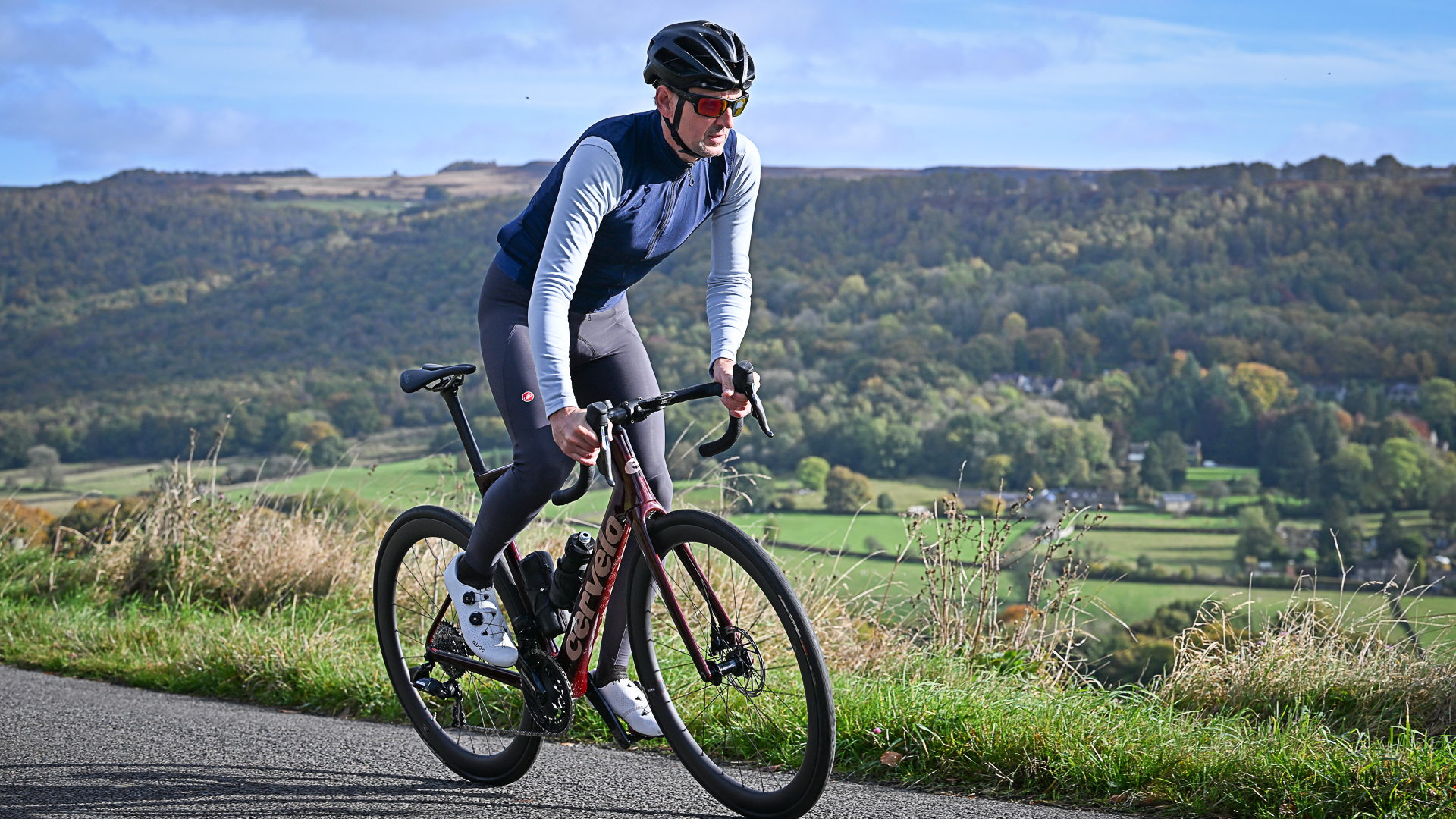
Roadies tend to be high-achieving perfectionists with high expectations of themselves. Consequently, selling this market e-bikes is challenging.
(Image credit: Andy Jones)
“Cheating can be defined as acting dishonestly or unfairly to gain advantage,” says clinical psychologist Dr Julia Frearson. “The act of making something easier to gain advantage can manifest feelings of guilt, shame and anxiety.”
Whether a cyclist is concerned about gaining an advantage depends on their mindset and the context of the activity.
Why analog bikes are the only option in some areas
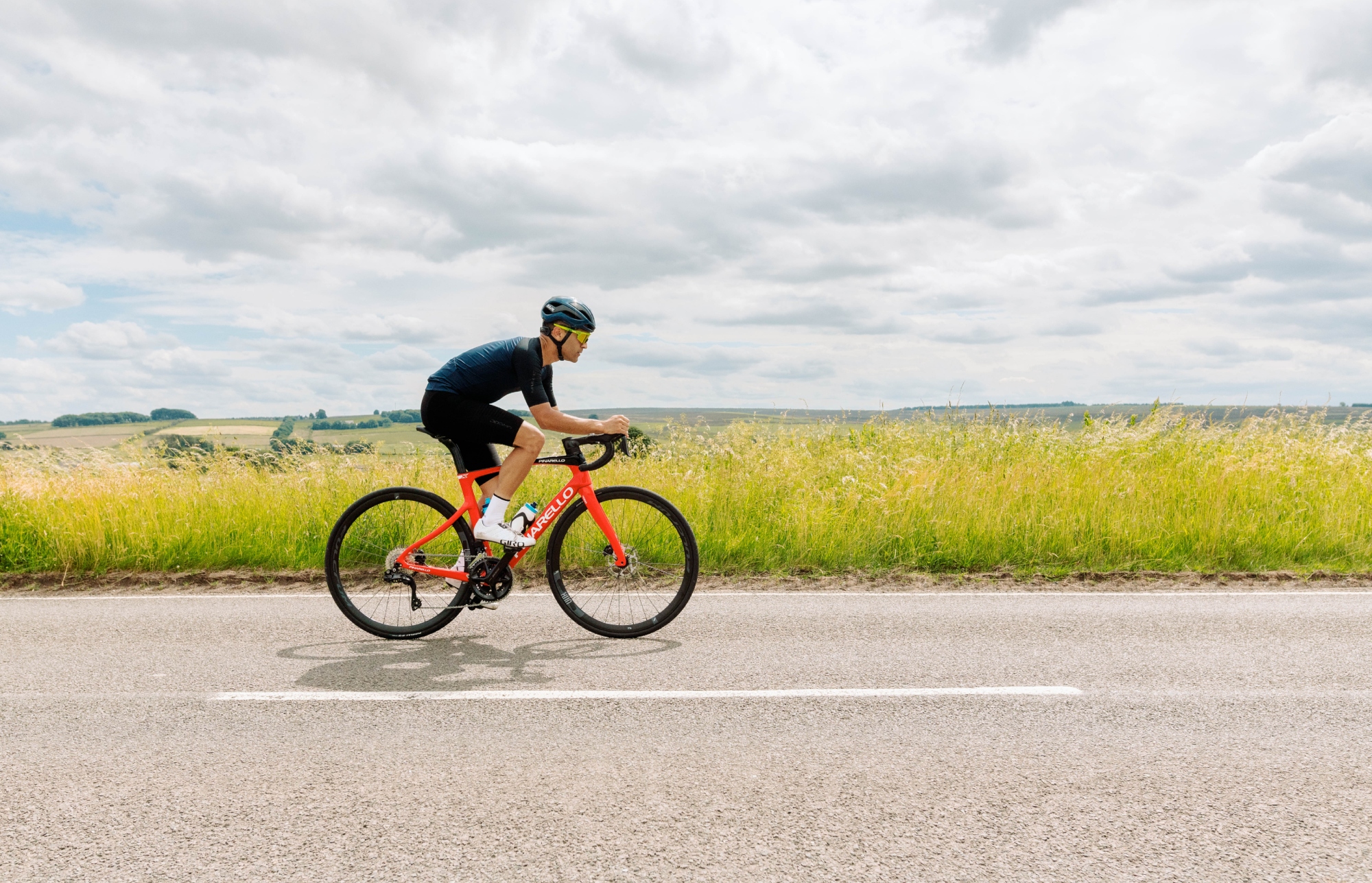
(Image credit: Alice Gough)
Living in the hilly Cotswolds, I’m a massive fan of e-bikes. But, I have to concede that the UK/European legislation restricting e-bikes to a paltry 15.5 mph (25 km/h) renders them useless in predominantly flat areas.
In no time at all, you’ll hit the speed limit, leaving you pedalling a bike carrying a good couple of kilos of dead weight. It’s pointless.
Head for the hills though, or tricky, slow, off-road sections, and you’ll be in your element.
“If we look at the mindset of the average Joe cycling to the shops versus an athlete’s, the drivers are very different. Cycling to the shops or commuting are task-driven activities, whereas sports-related performance is ego-driven. If you spend much time around athletes, you’ll recognise that their mindsets are high-performance-driven, which is rarely refined solely in that area. They tend to be high achievers in other parts of their lives too, and they have high expectations of themselves.
“There’s a fear of failure that comes with this personality type, as well as a puritanical ideal that’s associated with road cycling – the idea that they must be the simplest version of themselves, with the lightest bike, self-propelling themselves up the biggest hills without using any adaptations.
“They’ve selected this activity because it fits with their self-identity as a high achiever. Failure of not being good enough at an ego-driven task can promote feelings of shame, which in male society, often manifests as anger. This anger is often redirected at something external, likely the bike and its modification. ‘It’s not me, it’s the bike’ – that kind of thing.”
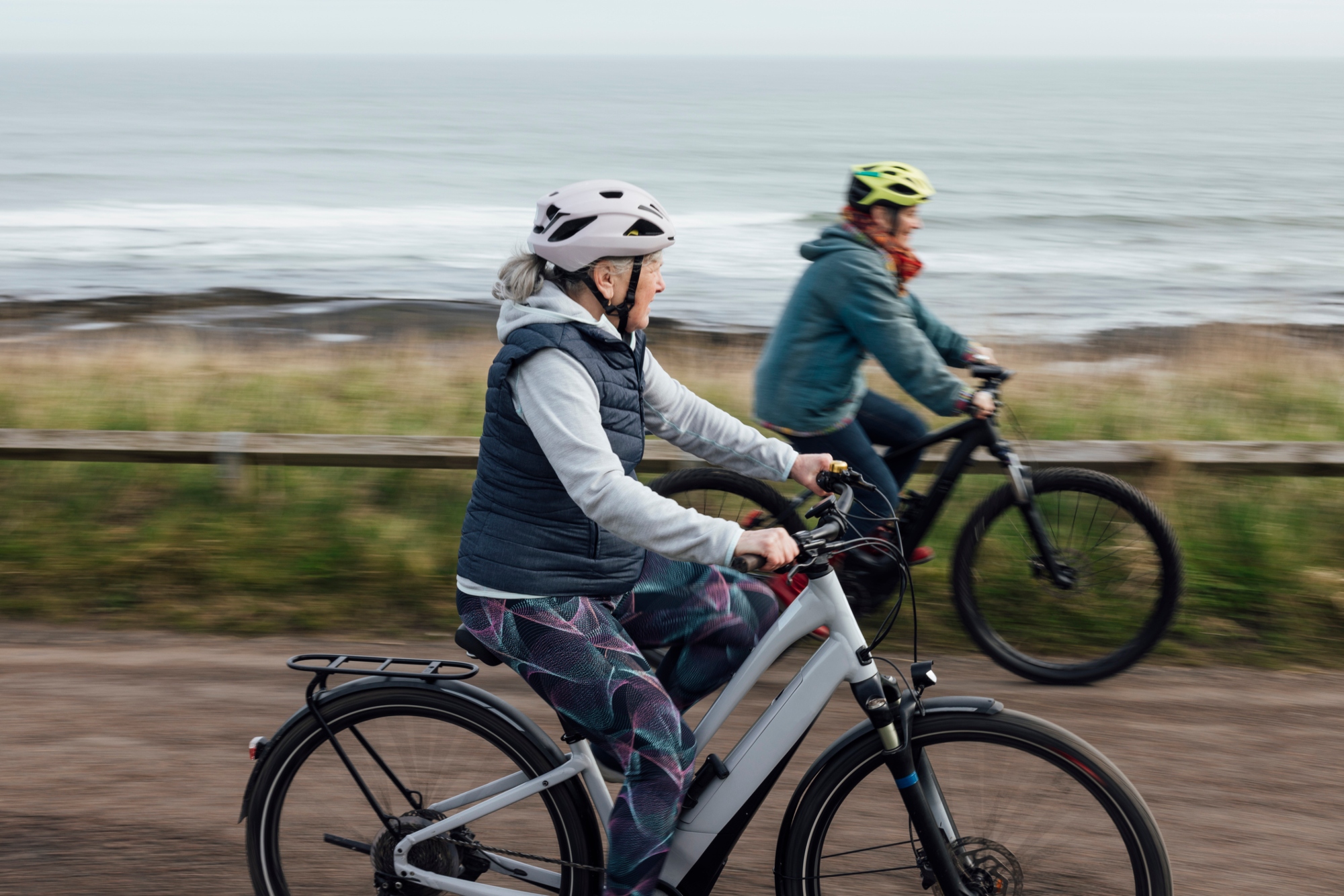
Leisure riders, commuters and many mountain bikers don’t suffer the same negative hangups about e-bikes.
(Image credit: Getty Images)
While I recognise these traits, I suggest to Dr Frearson that many roadies out on a Sunday club ride are unlikely to consider themselves athletes in the same vein as Wout Van Aert or Mathieu Van der Poel.
“Shame is one of seven core emotions we’ve evolved to experience as humans,” explains Dr Frearson. “It’s there to help us not be deselected from the tribe, to ensure we don’t isolate ourselves, make ourselves vulnerable. So, we stay in a position of survival.”
Shame is there to help us not be deselected from the tribe.
Dr Julia Frearson
Now, this is something I can identify with. Within the world of cycling, roadies must be the most tribal group by some margin.
“Shame and guilt are interesting emotions that have a similar function,” says Dr Frearson. “I take your point about many cyclists not being at a pro level, but ‘weekend warriors’ – and I include runners and many other amateur sports enthusiasts here – represent a group of high performers relative to the rest of the population. They like the stripped-back, bare ideal, the ‘look what my body can do, look what I can achieve, look how good I am’ mentality.
“As soon as you downsize that by adding a supplementary ingredient – in this case an electric motor – it evokes a sense of shame and guilt. ‘I’m no longer as good. I can’t rely on my body. I’m not relying on my policy. I don’t know what to do’.”
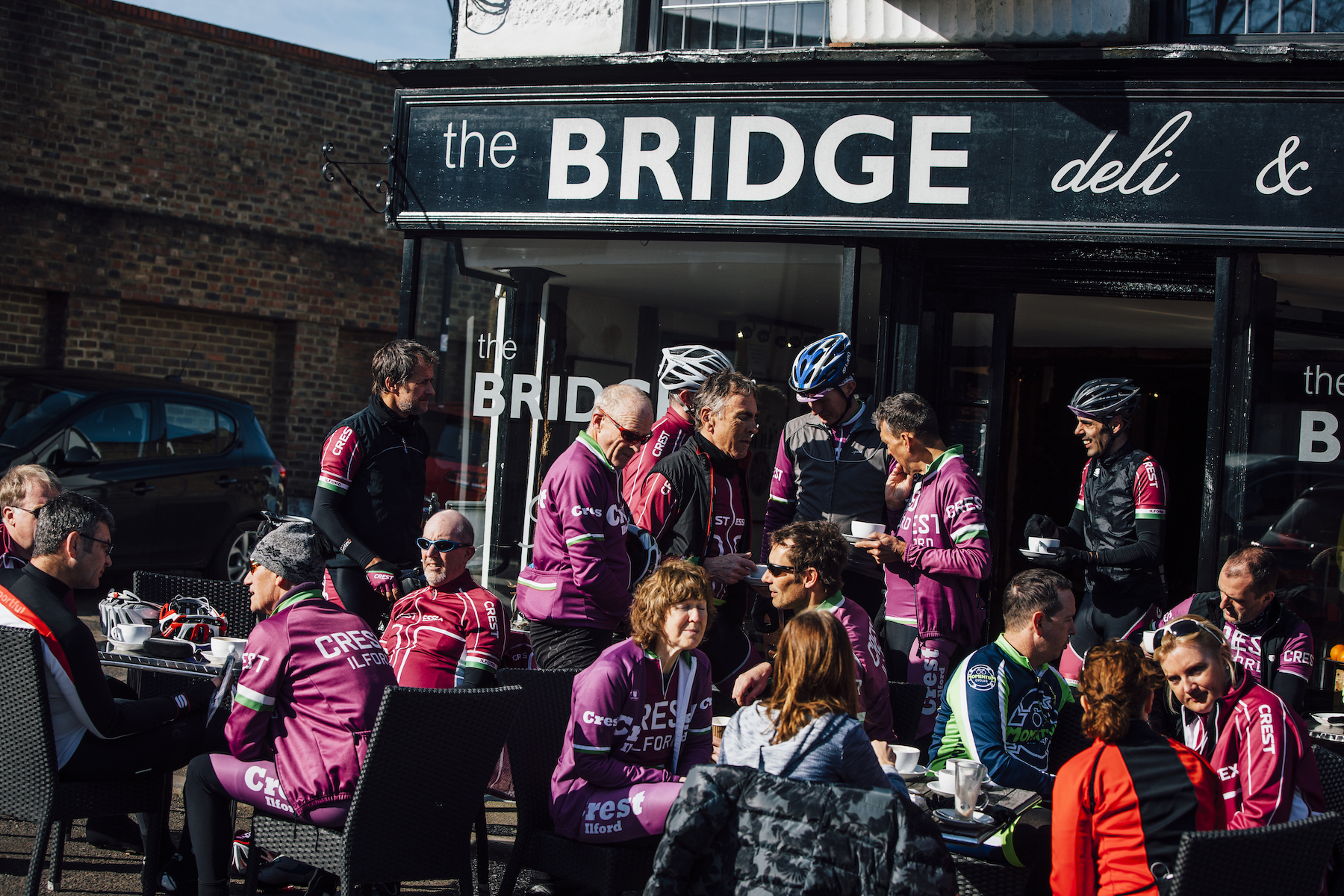
Roadies are a tribal bunch. Shame is an emotion that keeps us from becoming outcasts from the tribe.
(Image credit: Andy Jones)
Dr Frearson and I discuss a curious phenomenon we’ve both encountered frequently – roadies who are very vocal in their approval of e-bikes, provided they are for someone else.
“Ask a roadie if they are in favour of (legal) e-bikes and, in my experience, many will say ‘they’re incredible, they enable people who would never otherwise get on a bike to climb a hill and see the world’. Ask them if they would ride one and the likely response is ‘no way, they’re not for me, they’re for unfit, lazy people’.
“One rider I spoke to recently also mentioned that, for him, the enjoyment he finds in cycling derives from the simplicity of his bike and the pleasure of using his body to power his progress with as little distraction as possible.
“So, for anyone who identifies as a roadie, or who is emulating that to be part of the tribe, it’s going to be difficult for them to accept such an intrusive adaptation, one that creates a separation between ‘man and bike’, so to speak.”
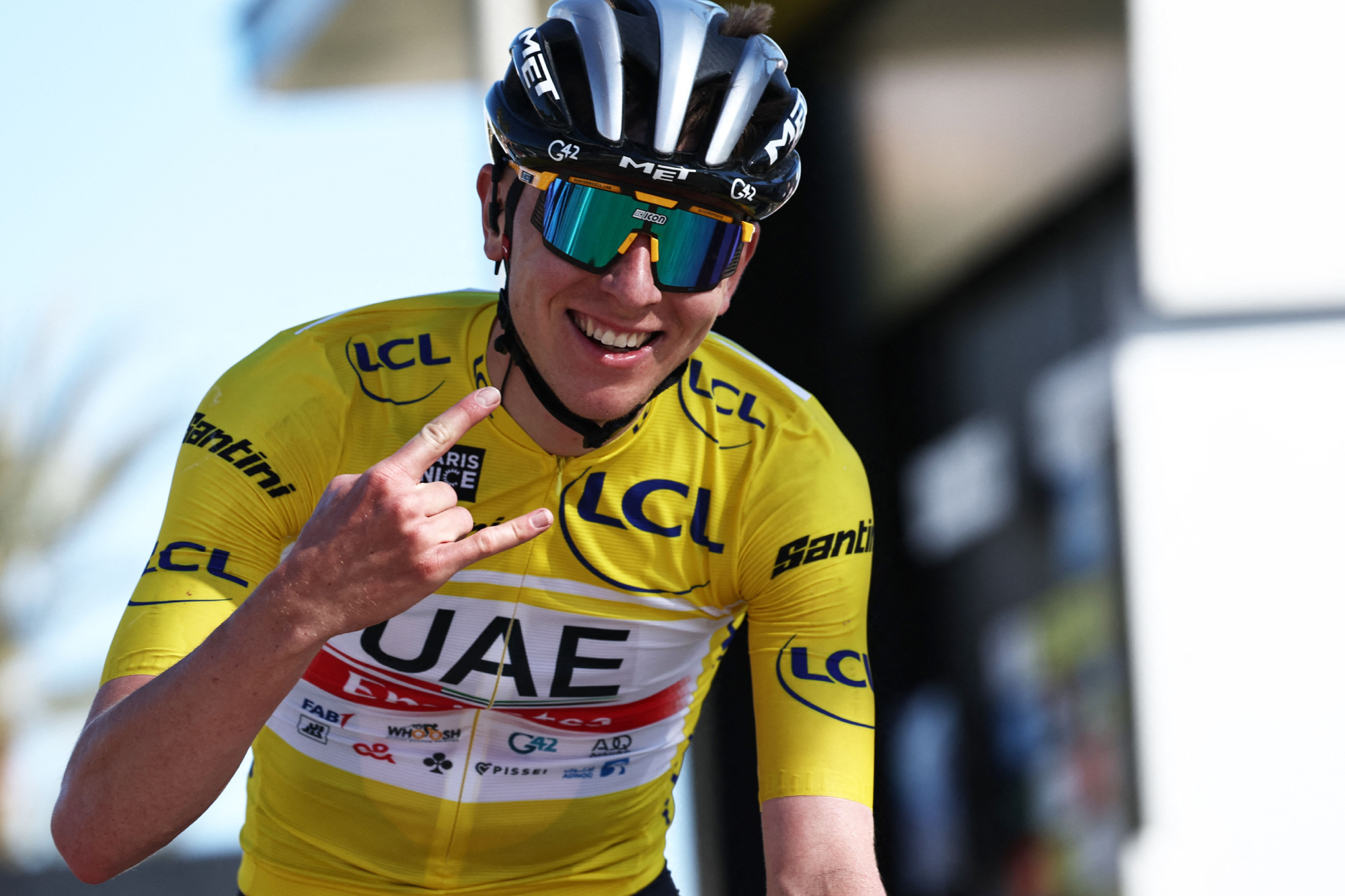
Were more pros like Pogačar seen to be using e-bikes for recovery training, they would quickly become acceptable, desirable even, to the roadie community.
(Image credit: Getty Images – ANNE-CHRISTINE POUJOULAT)
As e-bikes evolve, the technology that TQ-Systems and its competitors are developing to make them feel more natural and less intrusive will erode the separation Dr Frearson refers to. However, overcoming the uncomfortable emotions that stem from using an additional power source is a bigger hill to climb.
“The difficulty of trying to convince individuals in a community that rejects adaptations for fear of being seen as a failure, or fear of eliciting that sense of shame, and therefore rejection from the community, cannot be underestimated,” says Dr Frearson. “Changing culture, changing group identity, changing tribes is an immense piece of work that will take a long time.
“It’s no surprise the industry is currently more focussed on marketing e-bikes to groups who are more receptive – commuters, mountain bikers and ordinary folk who just want to enjoy the experience of riding out into nature.”
Dr Julia Frearson

(Image credit: Julia Frearson)
Dr Julia Frearson is a Chartered Clinical Psychologist and Specialist Sports Yoga Teacher at MindBodyPerform.
She has been working in the NHS for 25 years, qualifying as a clinical psychologist in 2003. She has worked across multiple specialties, most recently eating disorders and chronic pain with special interests in neurodiversity, complex trauma, bodymind integration, self-compassion and sports performance/athlete mindset.
Being immersed in sporting communities for the last two decades, and as an avid everyday athlete, she also runs her own business that provides a unique approach to improving consistency in human performance, in sport particularly, but also in everyday life.
That last point reminds me of gravel – as a discipline that’s less tribal it’s perhaps the biggest hope for drop bar e-bikes. There is, however, another way in, one that could potentially enable lightweight performance e-bikes to find favour more rapidly.
I’m fortunate to own a handful of bikes including my Specialized e-bike. I ride them all regularly, and I’m fit enough to pedal any of them in place of the Creo. So, why did I buy it?
Living in a hilly area, my e-bike is fabulous for recovery rides, windy conditions and days when I’m just not ‘feeling it’. In fact, over my regular 75km, 1,300m Sunday circuit, my average power (discounting the motor) is within a few watts whether I ride my all-road bike or my Creo. I just cover the distance 20 minutes faster on my e-bike. Using e-bikes for training is gaining a foothold, but if more pros were seen using them – role models, if you like – their popularity could escalate.
“Group identity is a thing,’ says Dr Frearson. “We’re so easily guided by what happens around us socially and the narratives given to us. We just step into what we’re told – we’re really not that discerning – and before we know it, we’re following the next trend without even noticing it’s happened. All it takes is a charismatic leader to change the pack.”
This is reassuring. If we can get Tour de France champion Tadej Pogačar on an e-bike, then I can stop feeling so wretched about myself and other roadies can enjoy the pleasures of e-biking guilt-free. Bring it on!

